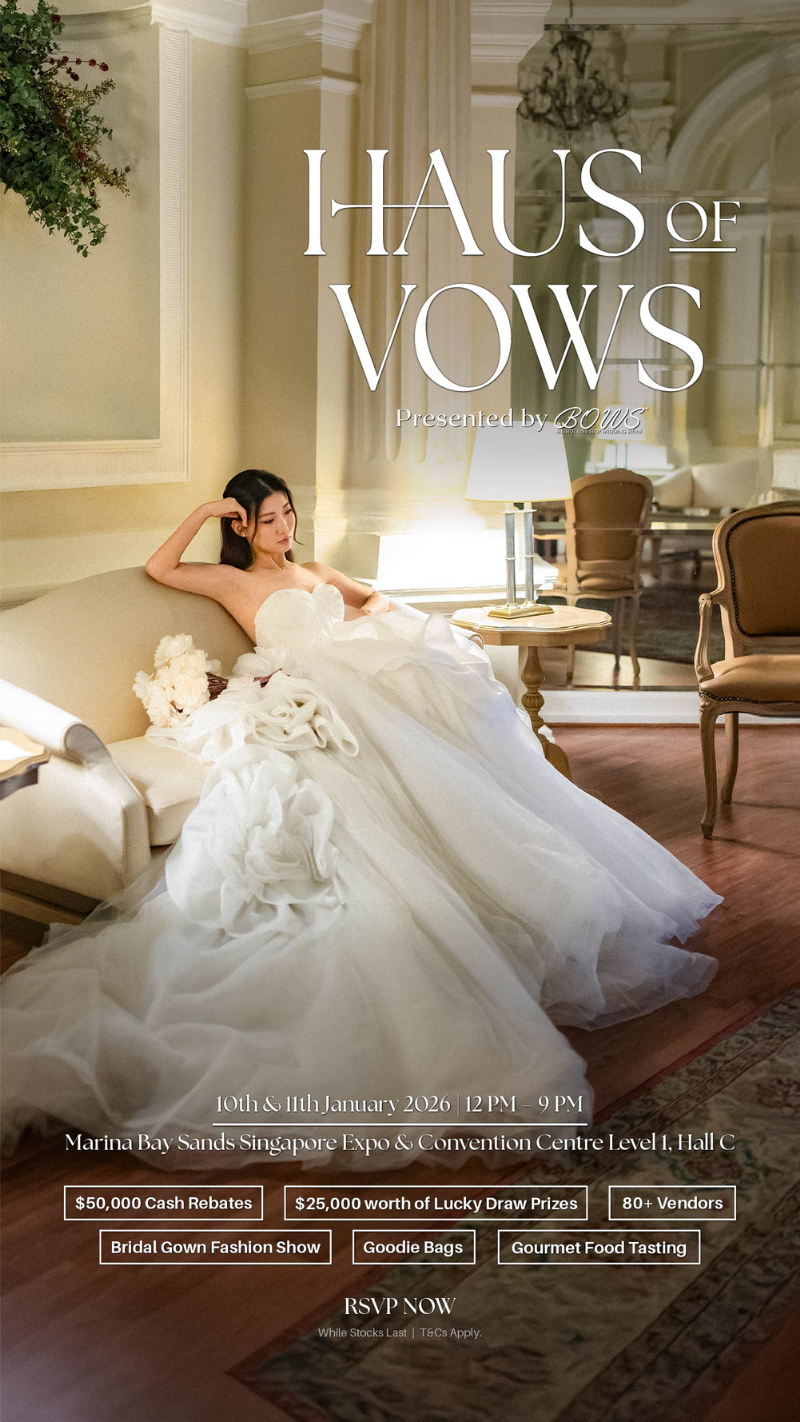Wedding Tradition Series: Malay Muslims
2017-06-01
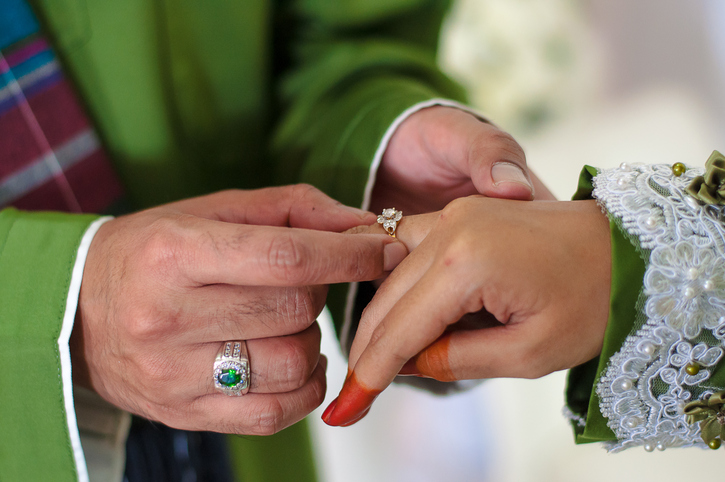
In any part of the world, every culture has their own set of wedding rites and rituals to adhere to. In Singapore, regardless of race or religion, weddings are especially a time for celebrating age-old traditions (and of course, your blissful matrimony as husband and wife). For this week’s instalment of our Wedding Traditions series, we’re familiarising ourselves with the significance of Islamic marriage rites and the commonly practiced customs of Malay Muslim weddings.
Pre-Wedding Practices
Before the wedding, much like most cultures, Malay Muslim couples have to go through a series of pre-wedding practices in preparation for their special day.
Adat Bertunang / Engagement Ceremony
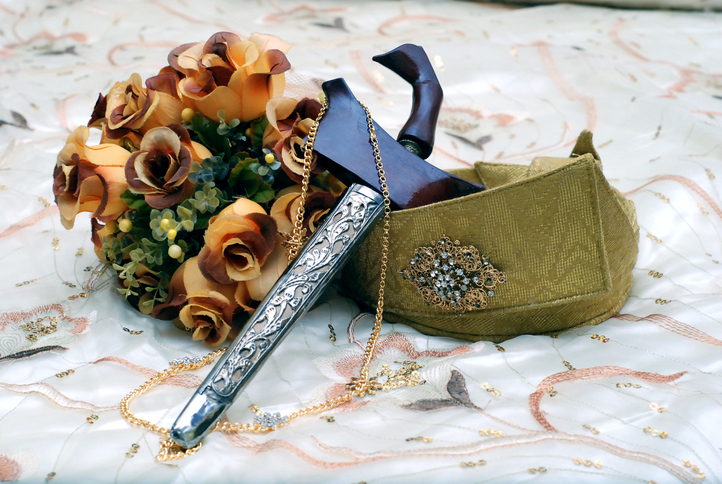
Once a couple announces the decision to wed, elder family members from the husband-to-be’s family will pay a visit to the bride’s family to seek her hand in marriage. Ordinarily, the groom will not be present throughout the arrangement orchestrated between the two families; as they exchange betrothal gifts that can range from perfume to food, as long as the other half fancies them. Following that, a senior female relative of the groom will offer the engagement ring to the bride and her family as both families discuss arrangements for the wedding.
In addition to the betrothal gifts, the groom will also have to gift the bride with Duit Hantaran, a money gift that is worth $8,000 to $15,000. These gifts are usually presented just before the solemnisation ceremony begins.
Marriage Preparatory Course
Malay Muslim couples who are looking to marry have to undergo a two-day marriage preparation course administered in mosques and Islamic institutions. They will be advised on the fundamentals of life as husband and wife, as well as being educated on topics covering money management such as wedding budget and promoting good in-laws relationships.The marriage preparation course aims to provide to-be-spouses with a guide on how to confidently start the beginning of the rest of their lives together. After completing the course, couples will be awarded a certificate that testifies that they have attended and concluded the course.
Malam Berinai / Henna Night
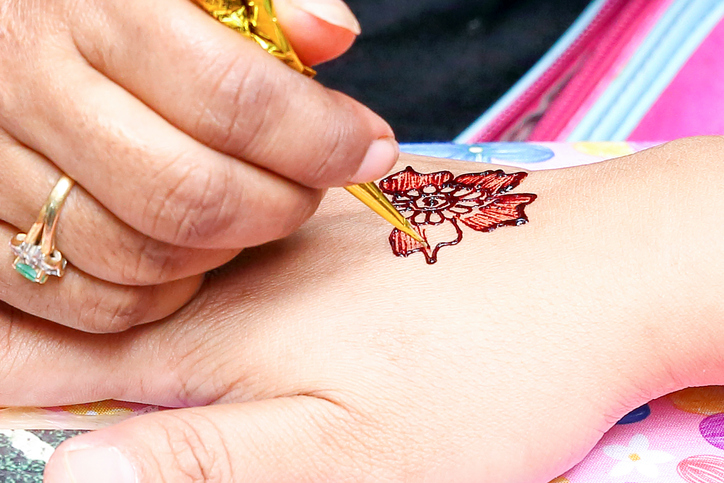
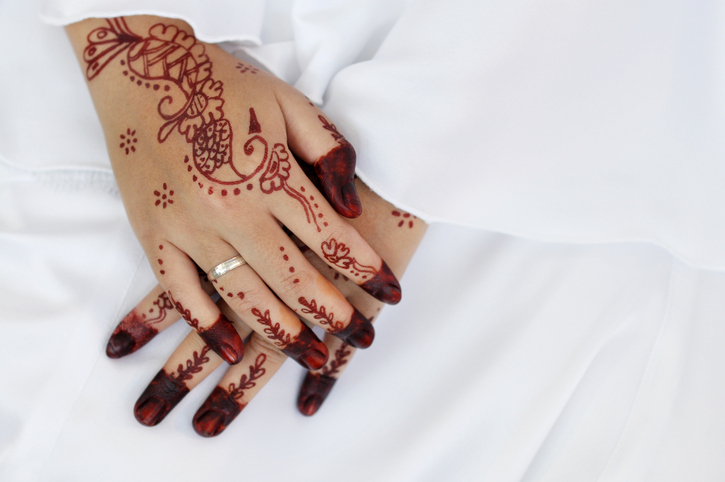
A few days prior to the wedding day, the bride’s party will hold an intimate Hindu-influenced, henna-staining ceremony known as Berinai. On this day, beloved family members and dear friends will paint the tips of the bride and groom’s fingers with a yellowish oil to signify their awaited union. Traditionally, Berinai was also held for brides to don different wedding gowns throughout the day for good luck. While Berinai is not customarily mandatory in Islamic tradition, modern couples still prefer to partake in this practice.
Matrimonial Customs
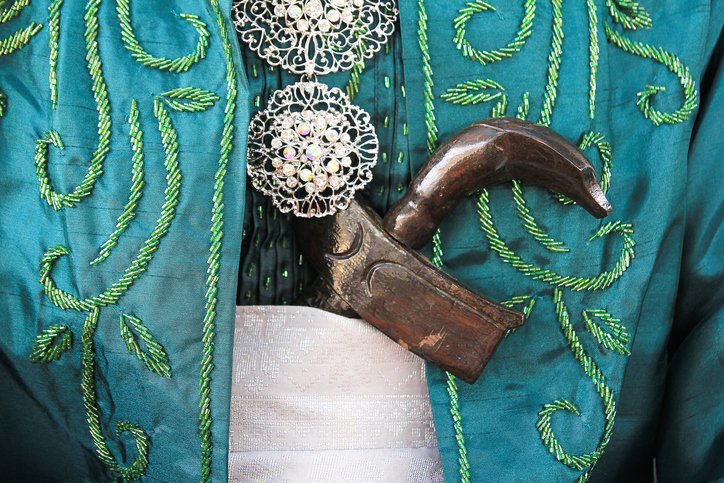
More often than not, Malay weddings can be a highly celebrated affair spread over a single weekend — one for the solemnisation ceremony, also known as Akad Nikah, followed by the wedding ceremony, or Majlis Persandingan on the following day. Usually, couples will have three outfits — one for Akad Nikah and two for the Majlis Persandingan — where they will don customary Malay outfits accompanied by an attire change whereby the bride and groom will dress in their own modern take on wedding attire. Alternatively, they can also stick to wearing a different set of traditional Malay attire instead.
Akad Nikah / The Solemnisation Ceremony
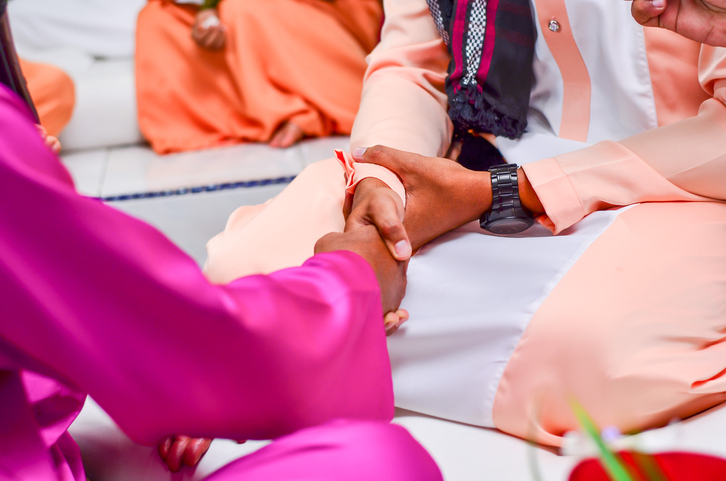
For a Malay Muslim couple, the Akad Nikah, also known as the solemnisation ceremony, involves a Wali — customarily the father of the bride, or if he is no longer around, the next male in the family’s hierarchy, meaning her brother, paternal grandfather or paternal uncle in that order — to hand the bride away. The ritual also involves two Saksi — witnesses to authenticate the ceremony — and a Kadi, who is an official, schooled in Islamic laws.
Unlike the Majlis Persandingan, Akad Nikah signifies the beginning of matrimony and is attended only by the couple and their family and closest relatives.
Before the solemnisation starts, the Kadi will call upon the bride, who is ordinarily in her room absent from the ritual, to ask if she is consenting to the marriage. Once she agrees, the solemnisation commences with Qur’an recitations, along with a short sermon on marriage in Islam, before the groom signs the marriage contract as officiated by the Kadi. Afterwards, the groom will announce his vows and gift his bride with Mas Kahwin or Mahar, a religious obligation, which can either be in the form of money (worth at least $100), gold, jewellery, car or a house. The Mahar then will rightfully become his wife’s property and cannot be used on him in any way.
Once the process is done, a handshake is customary between the groom and the Kadi. The ceremony is then brought to an end by proclaiming the newlyweds as husband and wife, after which the groom will then declare his duties as a husband and the rights his wife has as a Muslim bride.
Majlis Persandingan / The Enthronement Ceremony
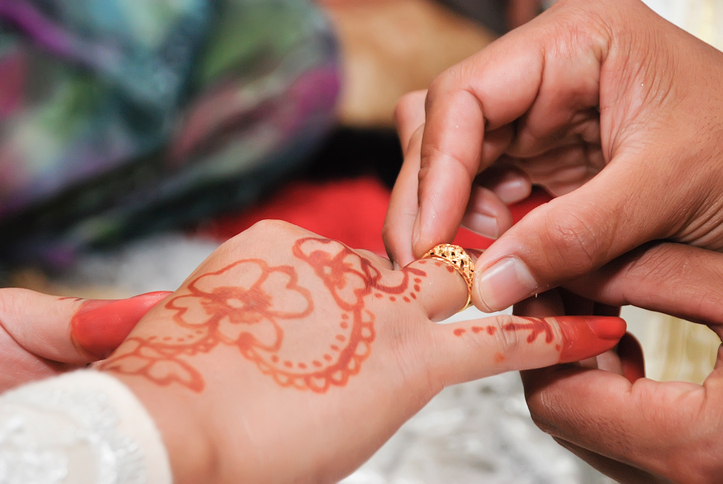
Majlis Persandingan, which falls on the actual wedding day, takes place on the following day, or after the solemnisation ceremony has been concluded. Persandingan, which translates to ‘sit side by side on a special place’, namely the Pelamin or dais, a raised platform which supports a couch acting as the centrepiece of the ceremony.
Throughout the Majlis Persandingan, a banquet is prepared either by the family or a caterer as the wedding guests are welcome to take pleasure in the celebration and feast. Dressed in traditional Malay attire, the bride awaits patiently with her Mak Andam, a close female relative or makeup artist, as she hides the bride’s face with a hand fan. At a set time, the groom will make his way to the Pelamin accompanied by a band of male musicians called a Hadrah or a Kompang troupe. The band will then proceed to sing verses from the Qur’an, as a form of seeking blessings for the newlyweds.
Once the groom is close to the Pelamin, similar to the Chinese tradition of gatecrashing, the brides’ relatives and friends will present a series of lighthearted trials and tribulations, usually in the form of Pantun or poetry, in an attempt to block the groom from reaching his bride. Upon success, the groom has to proceed with a ‘payment’ for the bride’s Mak Andam to remove the fan covering his beloved’s face as the closing act.
Once the newlyweds are seated, a group of mostly men or boys will take turns to perform the Malay martial arts called silat. Each performance of the silat carries different meanings — aimed to either seek blessings or protection for the husband and wife. Thereafter, as the Hadrah or Kompang troupe continues to play in the background, guests are invited to express their well-wishes and have their photos taken with the newlyweds.

